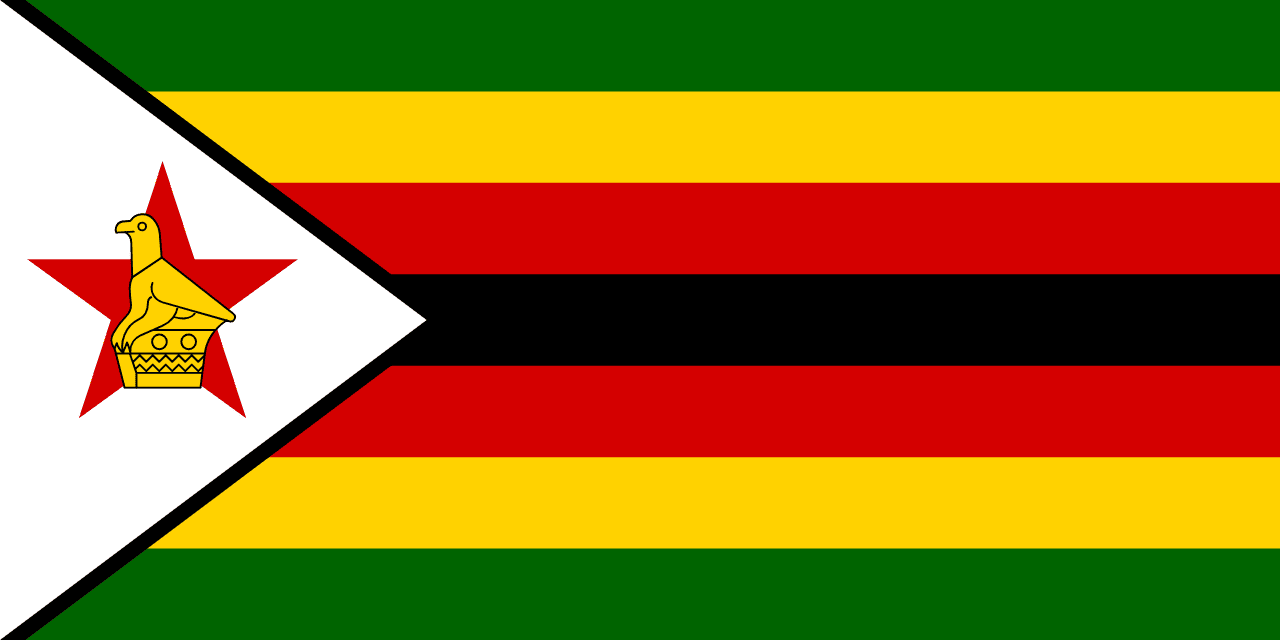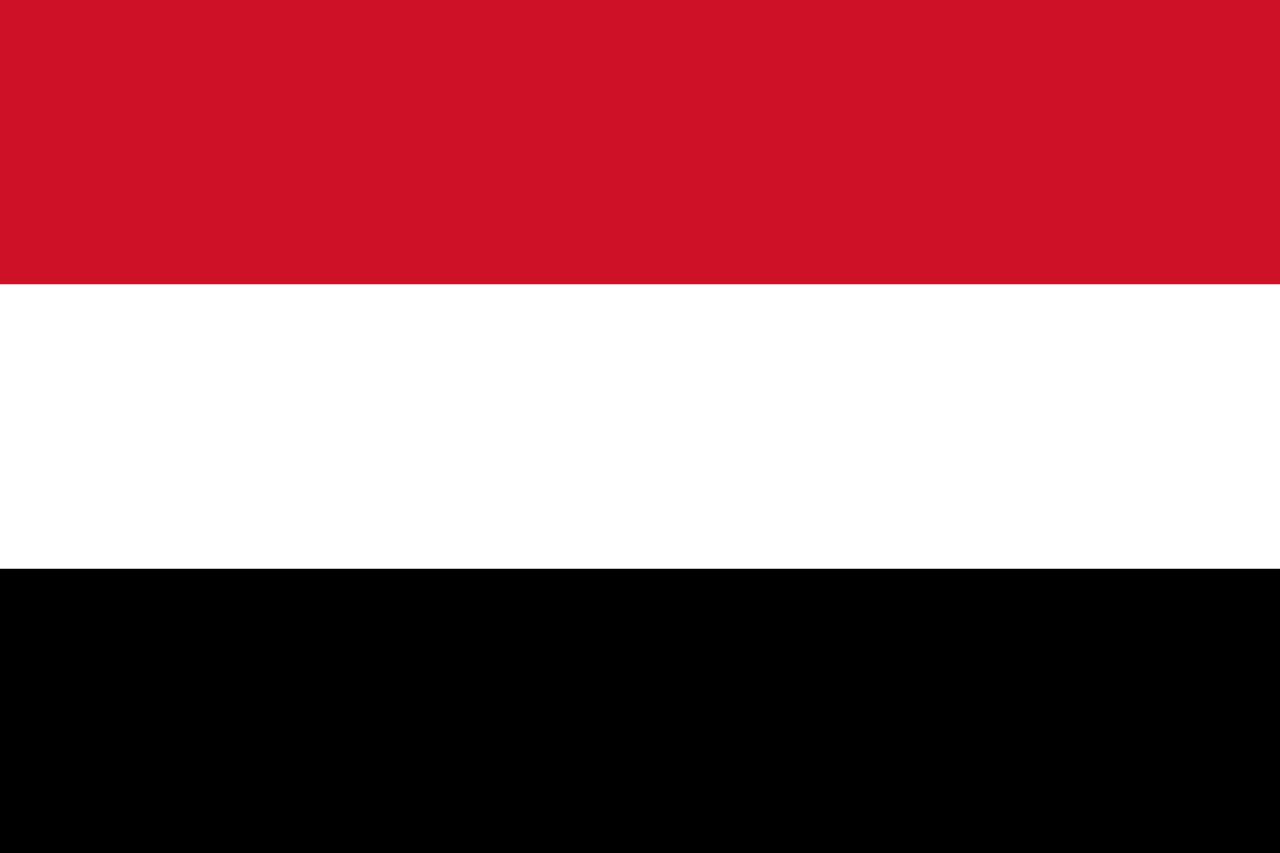The flag of Zambia is a distinctive and vibrant emblem that represents the nation's identity, aspirations, and natural wealth. It features a green field occupying most of the flag, with an orange eagle in flight prominently displayed in the center. In the lower right corner, there is a rectangular block containing three vertical stripes of red, black, and orange. This unique design sets the Zambian flag apart from other national flags and encapsulates the country's journey from colonial rule to independence and beyond.
Zambia information
| National Flag Day | October 24th |
| Sovereign state | Yes |
| Official name | Republic of Zambia |
| Capital | Lusaka |
| Population | 18,383,959 |
| Area | 752,618 km² |
| Currency | Zambian kwacha (ZMW) |
| Language | English, Bemba, Nyanja, Tonga |
| Continent | Africa |
| Region | Southern Africa |
| Subregion | Eastern Africa |
| Borders | Angola, Botswana, Democratic Republic of the Congo, Malawi, Mozambique, Namibia, Tanzania, Zimbabwe |
| Timezone | Central African Time (CAT) UTC+2 |
| Calling code | +260 |
| Top-level domain | .zm |
History of the Zambian flag
 The flag of Zambia was officially adopted on October 24, 1964, coinciding with the country's independence from British colonial rule. It was designed by Gabriel Ellison, a locally born artist of Scottish descent. The flag replaced the British Union Jack, symbolizing Zambia's emergence as a sovereign nation. Its design was carefully crafted to represent various aspects of Zambian identity, natural resources, and aspirations for the future. Since its adoption, the flag has remained unchanged, serving as a constant symbol of Zambian unity and national pride through various political and social changes.
The flag of Zambia was officially adopted on October 24, 1964, coinciding with the country's independence from British colonial rule. It was designed by Gabriel Ellison, a locally born artist of Scottish descent. The flag replaced the British Union Jack, symbolizing Zambia's emergence as a sovereign nation. Its design was carefully crafted to represent various aspects of Zambian identity, natural resources, and aspirations for the future. Since its adoption, the flag has remained unchanged, serving as a constant symbol of Zambian unity and national pride through various political and social changes.
Symbolism and design of the Zambian flag
Each element of the Zambian flag carries deep symbolic meaning:
- The green field symbolizes Zambia's lush vegetation and agricultural potential, representing the country's natural resources and environmental wealth.
- The orange eagle in flight represents the nation's ability to rise above its challenges. It symbolizes Zambia's freedom and determination to succeed in the face of adversity.
- The red stripe in the lower right corner represents the struggle for independence and the sacrifices made by Zambia's people in their quest for freedom.
- The black stripe stands for the Zambian people, acknowledging their central role in the nation's identity and development.
- The orange stripe denotes the country's mineral wealth, particularly its copper resources, which have been crucial to Zambia's economy.
Usage and significance of the Zambian flag
 The Zambian flag is a powerful symbol of national identity and unity. It is prominently displayed at government buildings, schools, and during official ceremonies. The flag plays a crucial role in fostering a sense of patriotism and shared heritage among Zambians. During national holidays, such as Independence Day on October 24th, the flag is widely displayed across the country. It also represents Zambia in international forums, sports events, and diplomatic missions, serving as a visual representation of the nation on the global stage.
The Zambian flag is a powerful symbol of national identity and unity. It is prominently displayed at government buildings, schools, and during official ceremonies. The flag plays a crucial role in fostering a sense of patriotism and shared heritage among Zambians. During national holidays, such as Independence Day on October 24th, the flag is widely displayed across the country. It also represents Zambia in international forums, sports events, and diplomatic missions, serving as a visual representation of the nation on the global stage.
Interesting facts about the Zambian flag
- Zambia is renowned for its natural beauty, including the majestic Victoria Falls, one of the Seven Natural Wonders of the World, shared with neighboring Zimbabwe.
- The flag's design not only encapsulates Zambia's aspirations for development and prosperity but also its commitment to preserving its natural heritage.
- Zambia is home to diverse wildlife and numerous national parks, which are reflected in the green field of the flag symbolizing the country's natural resources.
- The eagle on the flag is specifically an African Fish Eagle, a bird native to Zambia and symbolizing freedom and strength.
- Zambia's flag is one of the few national flags to feature an eagle in flight, making it easily recognizable.
- The orange color in the flag, representing mineral wealth, is particularly significant given Zambia's status as Africa's second-largest copper producer.
- The flag's designer, Gabriel Ellison, also designed Zambia's coat of arms and many of the country's early postage stamps.
- Despite changes in government and economic challenges, the flag has remained a constant symbol of Zambian identity since independence, uniting people across political and ethnic lines.



